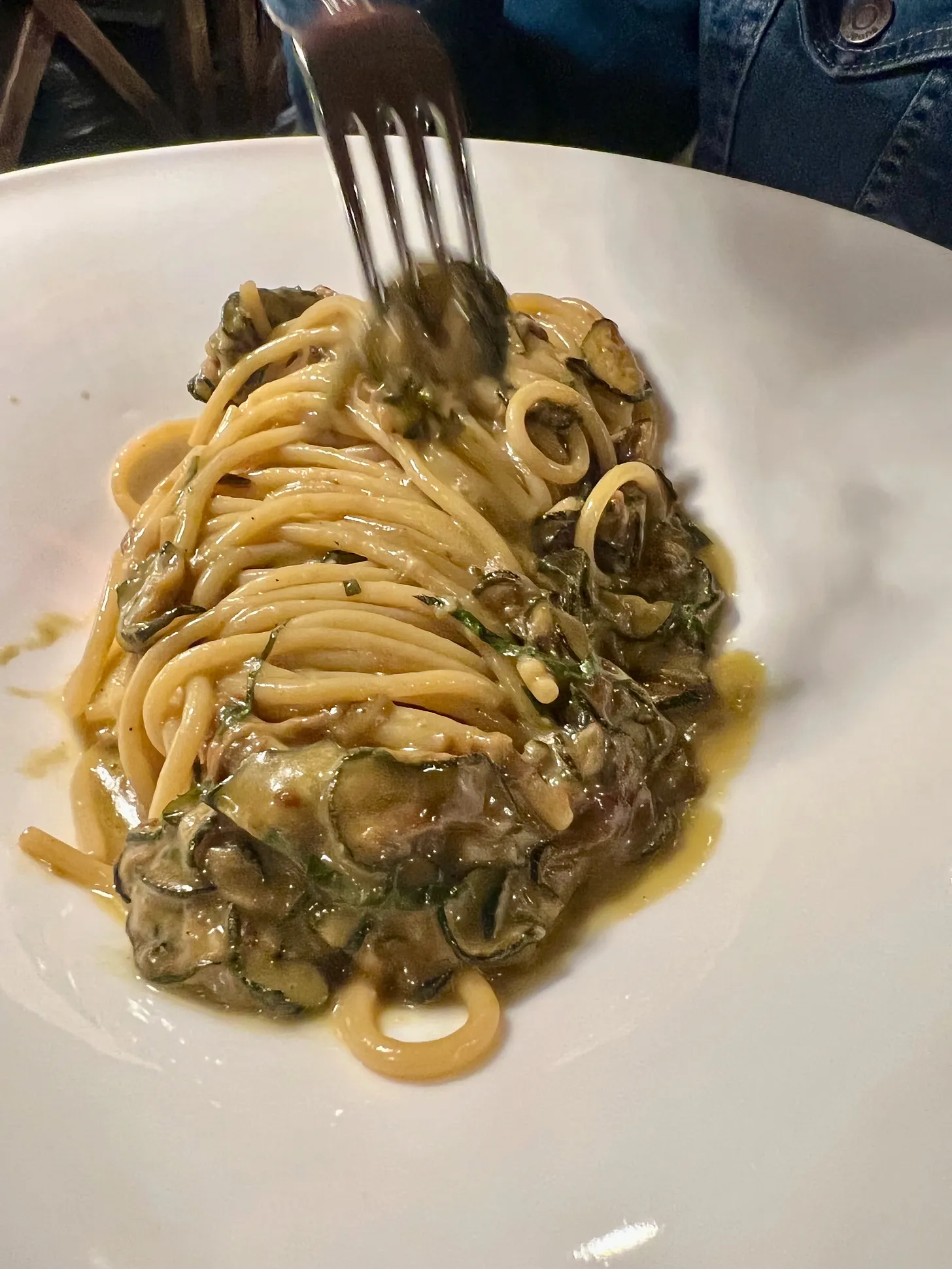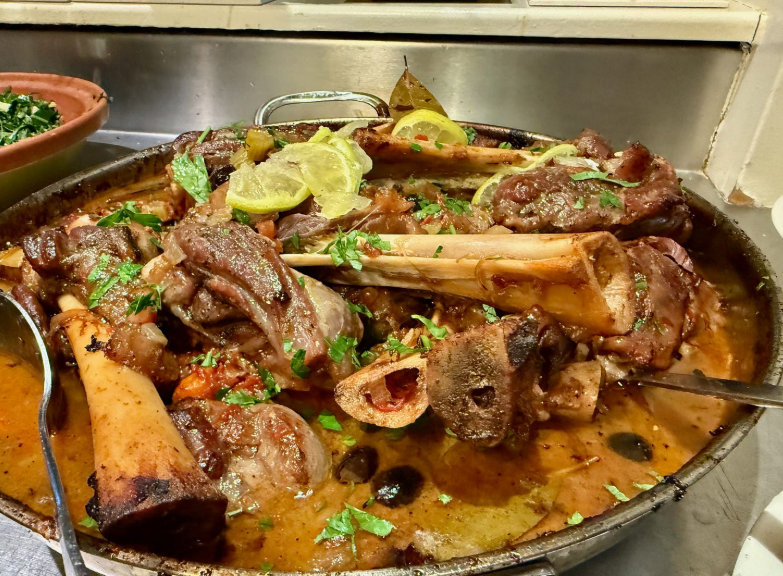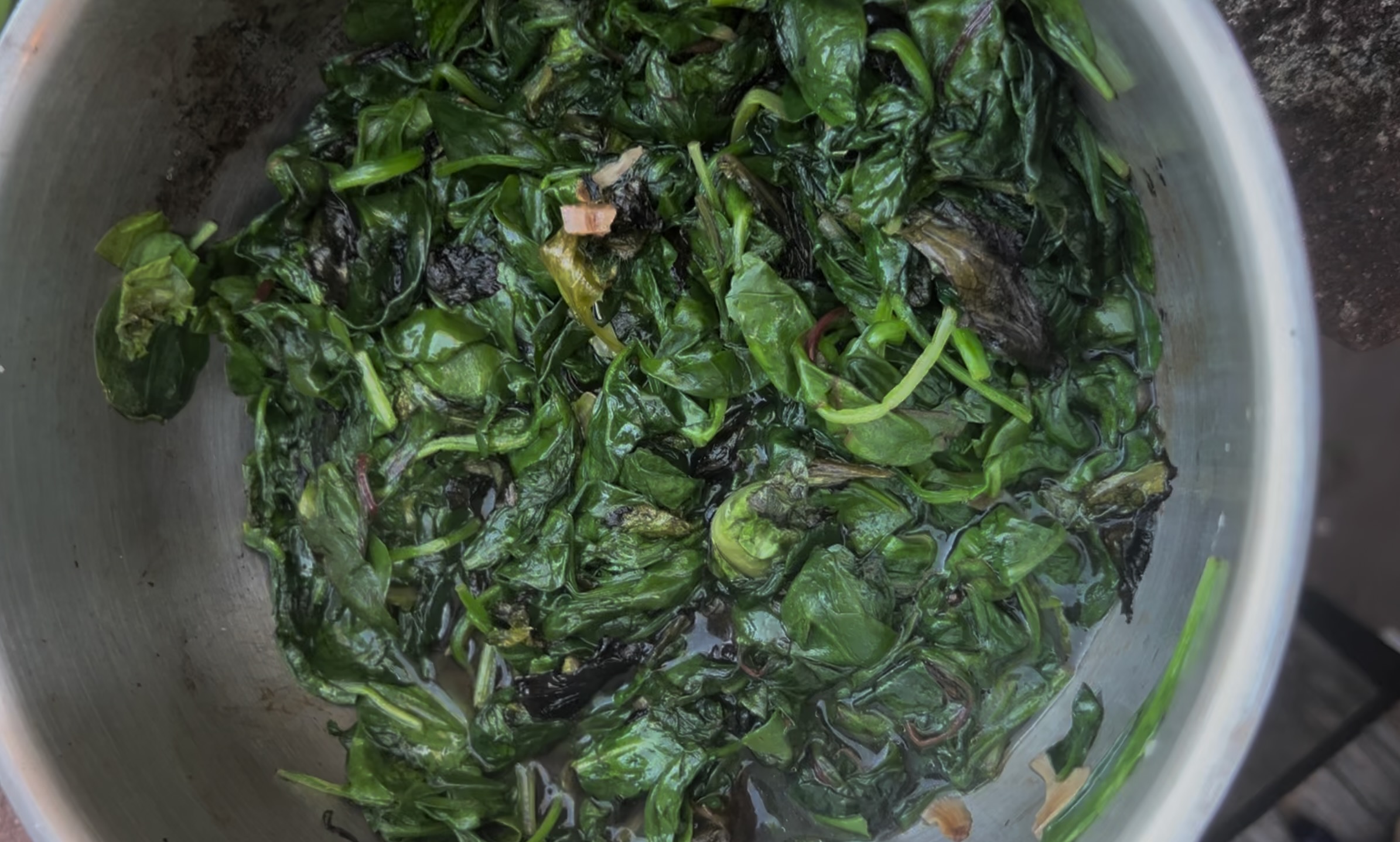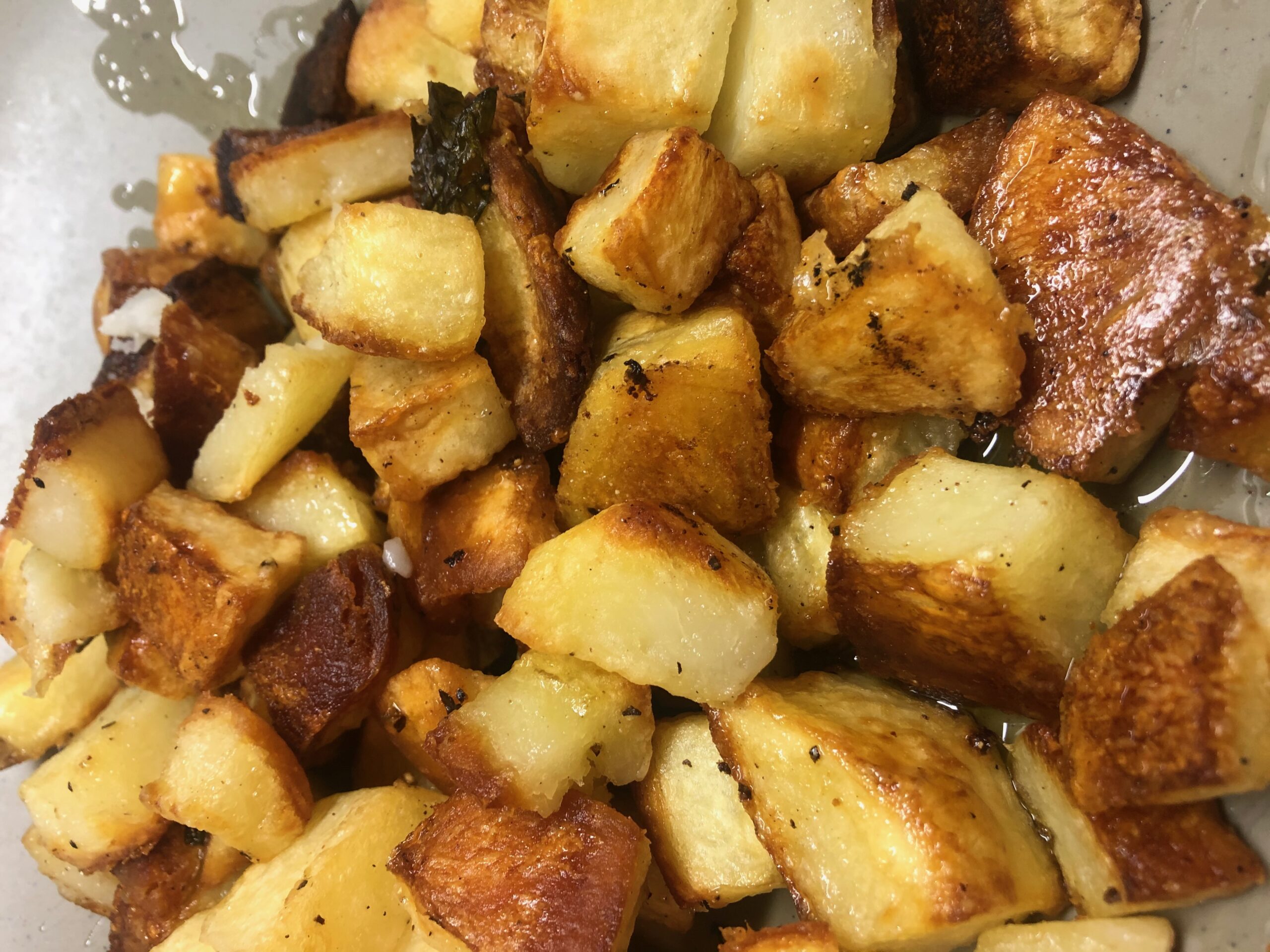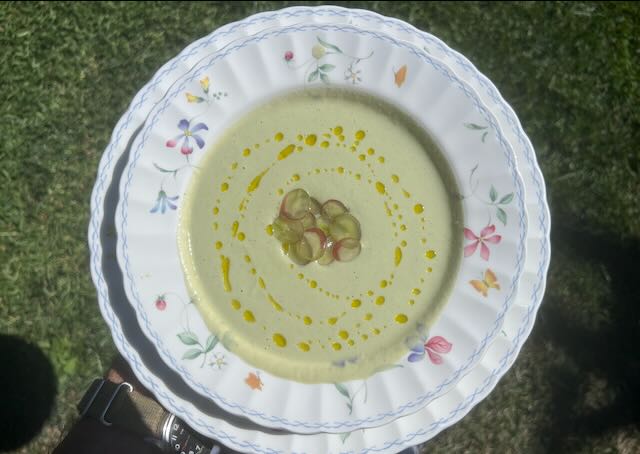Turkish stuffed dried eggplant is the perfect Purim food. I find new meaning — and something better than hamantaschen
My wife, Rabbi Naomi Levy, gave a sermon that changed my mind about Purim, a holiday I never really liked. Dressing up annoys me. Most hamentashen disappoint me. With its costumes, carnivals, and ear-splitting public readings, the holiday always struck me as Jewish Pre-K, something fun for the kids before the adults do Passover.
But Naomi had a different take.
In her sermon to Nashuva, the congregation she founded and leads, she recalled the moment two weeks ago when Ukrainian President Vlodomyr Zelenskyy met with President Donald Trump at the White House and was asked by a reporter for a rightwing website why he wasn’t wearing a suit.
“I will wear a costume when this war is over,” Zelenskyy told the reporter, reiterating something he had said many times in the three years since Russia invaded his country and tried to annihilate his people.
The world often hides its truth from us. Who could have suspected that inside a Jewish comedian lurked a Ukrainian warrior — certainly not Vladimir Putin. Zelenskyy’s lack of a costume was his way of giving his troops and his people hope. Purim, Naomi said, brings us a world where nothing is what it seems, teaching us to look more deeply at our world — and into our souls — to see the truth, the strength, the hope that is often hidden.
The literal Hebrew translation of Megillat Esther, or Book of Esther, which is read on Purim, means the revealing of what is hidden. Esther conceals her Jewishness until Mordecai calls upon her to save the Jewish people. Haman conceals his plot to destroy the Jews. Even God, whose name is never mentioned in the Book of Esther, is concealed — only to be revealed in the faith and strength of the story’s heroes. Purim, said Naomi, is all about being able to see what is concealed.
OK, so maybe it’s not just a kiddie holiday.
That aspect of Purim, making us alert to what is hidden and what is revealed, helped me appreciate Purim food, too. I grew up with the simple explanation that the triangle-shaped hamantaschen represented Haman’s three-cornered hat.
Understanding Purim Better Through Food
But Purim wants us to look deeper. Jewish foods are relentlessly symbolic. Taschen means pockets in Yiddish, and what do pockets do? They conceal. On Purim, it turns out, there are many dishes Jews traditionally eat that conceal and reveal.
Ashkenazi Jews eat kreplach, dough pockets hiding bits of meat. Ukrainian and other Eastern European Jews eat holishkes, or stuffed cabbage rolls, and Sephardic Jews often serve any number of fresh stuffed vegetables.
Last week I discovered a dish, new to me, that is perfect for Purim: Turkish stuffed dried eggplant.
A Turkish market, Bolmart, opened in Marina Del Rey, selling not only stuffed peppers and eggplants, but strings of the actual dried eggplants and red peppers with which to make them. The strings are beautiful — Naomi used them as a centerpiece for one of our dinners.
It’s a dish that’s famous in the southern Turkish city of Gaziantep, where dried vegetables are a specialty and where a small Jewish community flourished from the 16th century until the establishment of Israel.
Dried vegetables, which you rehydrate before stuffing and baking, offer a more concentrated, earthy flavor. They are bite-sized, too, and easier to stuff — no coring required. In this recipe, I use a vegetarian rice stuffing, but many recipes use lamb or beef.
Who could suspect that after all these years, I’d find new meanings hidden in Purim — or a new dish with which to celebrate it?

Turkish Stuffed Dried Eggplant (& Peppers)
Ingredients
- 12 dried eggplant shells
- 12 dried bell pepper shells
- 1 cup rice rinsed
- 3 garlic cloves finely chopped
- Handful of flat-leaf parsley finely chopped
- 1 tbsp Turkish red pepper paste (biber salcasi)
- 1 tbsp tomato paste
- 2 tbsp pomegranate molasses
- 2 tbsp olive oil (for the filling)
- 1 tsp ground cumin
- 2 tsp dried mint
- salt and pepper to taste
- 2-3 cups water
- 1 tsp sumac
- 30 ml (+2 tbsp) olive oil (for cooking)
Instructions
- Cut the strings of the dried eggplants and peppers, if necessary, and place into a large bowl. Pour boiling water over them and leave for 4-7 minutes to rehydrate. They should be soft. Drain and immediately refill with cold water to retain their color and texture. When ready to use, drain again.
- In a large skillet, heat 2 tablespoons. olive oil. Put in the onions and saute until soft, add garlic, pepper paste, tomato paste, parsley, spices, salt, and black ground pepper to your taste. Saute 2 minutes, add rice and bulgar, and saute a few more minutes.
- Add 2 cups of hot water and pomegranate molasses and mix well. Bring to a boil, then reduce to a simmer, cover, and let cook 20 minutes. Turn off the heat, uncover, and let cool.
- Get a wide, heavy pan that will hold the pepper and eggplant standing up in one layer. Pour in 2 tbsp. olive oil. Spoon the filling mixture carefully into each pepper and eggplant, pressing gently for the filling to settle in. Leave about a half-inch space at the top for the rice to expand. Place them upright, side by side, packed tightly.
- Mix the sumac with about 2 cups of water over and around the stuffed peppers and eggplants. The water should cover half the length of the stuffed vegetables. Over a medium high flame, bring the liquid to the boil. Reduce the heat, cover and cook gently for 20 minutes or until the vegetables are soft and the flavors have a chance .
Notes
Hungry for more than recipes?
The Foodaism Weekly Newsletter brings you original essays, food stories, and cultural insights that go beyond what’s on the plate.
Join a community of thoughtful eaters who believe food is more than fuel — it’s meaning, memory, and connection.
Subscribe on Substack — free, curated, and full of flavor.
Because food is a story worth telling.

